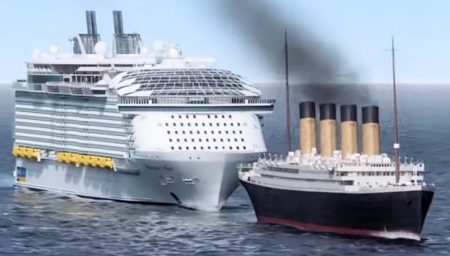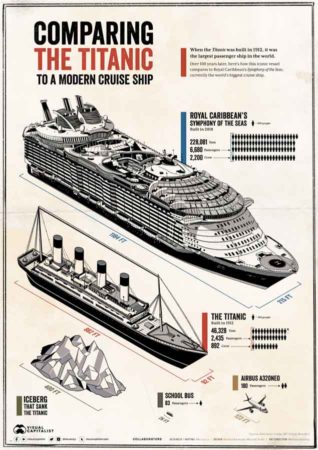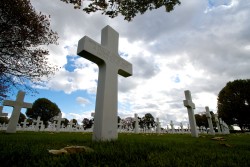One of our readers wrote to us about his research on a woman who was a German spy during World War II. Lionel points out that Vera von Schalburg’s story is long and quite complicated. However, it is shrouded in mystery based on circumstantial evidence, assumptions, theories, conflicting information, speculation, and a general lack of factual historical documentation to support her life before, during and especially after the war. The two overriding questions are why did the British release Vera (with no trial) after capturing her along with two other spies and what happened to Vera after the war (i.e., where did she live, did she have a family in the UK, was she given a new identity by MI5, did she return to Germany, when did she die, and where is she buried?).
Sorry Lionel, I hate to disappoint you, but we won’t be able to answer those two questions in this blog. As you pointed out, no one has yet solved those mysteries. While some documents have been declassified, many others are buried in the archives of MI5. Until those classified documents are released, I’m afraid many components of Vera’s story will remain a mystery. I will try and give an overview of Vera’s story and point out some of the inconsistencies (beginning with her date of birth) and unknowns (e.g., marriages and offspring).
Did You Know?
Did you know that the Titanic was a very small ship? So, you ask, “What do you mean by ‘small’?” Yes, it’s a relative term as we shall see. Today, the world’s largest cruise ship is Royal Caribbean’s (RCCL) “Wonder of the Seas,” and I thought it might be interesting to compare the doomed ocean liner to this modern day RCCL cruise ship. (Some say a city.) I know this comparison is like putting a Ford Model-T next to a Rolls-Royce, but I think all you cruise fanatics, and Titanic students might like to see this.

| TITANIC | WONDER OF THE SEAS | |
| Maiden Voyage | 1912 | 2022 |
| Construction Time | 4 years | 6 years |
| Construction Cost | $ 243 million4 | $ 1.35 billion |
| Length | 882 feet | 1,188 feet |
| Width/Beam | 92 feet | 210 feet (maximum) |
| Height | 9 decks | 18 decks |
| Volume | 46,328 g.r.t.1 | 228,081 g.t.2 |
| Passengers | 2,435 | 6,9883 |
| Crew | 892 | 2300 |
| Lifeboats | 20 (1,166) | 18 (6,660) |
| Elevators | 4 | 24 |
| Cheapest Ticket | $ 1,0754 | $ 423 |
- Gross register tonnage is a historic measure of volume.
- Gross tonnage replaced g.r.t. in July 1982.
- Maximum number of passengers.
- Today’s dollars.
Essentially, the Wonder of the Seas is three-times as large as the Titanic and about five-times heavier. There’s another interesting statistic that I’m not going to tell you. You’ll have to do some basic arithmetic, but I will give you a clue. This statistic seems to be shared by both ships.

Vera Von Schalburg
Vera von Schalburg (1907?−unknown) was born in Siberia, Russia to August Theodor Schalburg, a Dane and Jelena (Helene) von Siemanovska, a Polish-Ukrainian citizen. (Vera’s birthdate has been quoted as either November 1907 or December 1912). She had two other siblings of whom, Christian Frederik, would become a well-known Danish traitor during World War II (more on that later). Read More The Beautiful Enigma


